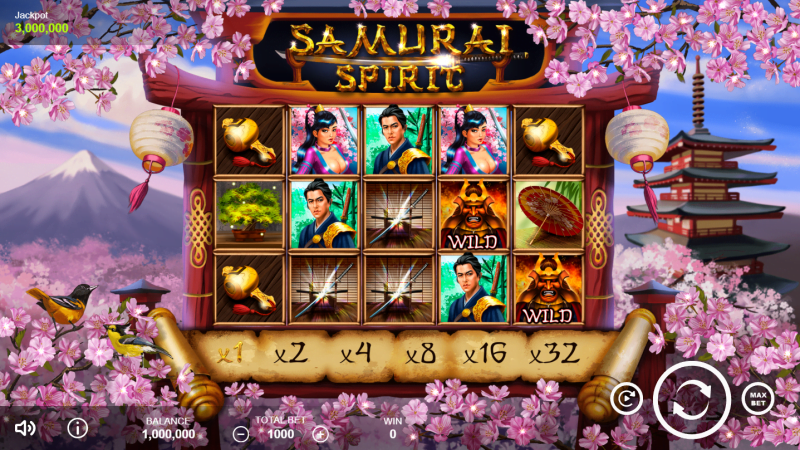Dice are perhaps one of the most ubiquitous symbols of chance and gambling that we know today. They have traveled through the ages, transcending borders and cultures, becoming a part of our everyday language, from the idiom “rolling the dice” to “a game of chance.” Yet, for all their fame, one question remains: who invented the game of dice?
The Ancient Roots of Dice
While we may never know the exact origins of the game of dice, we do know that it dates back thousands of years. Archaeologists have found evidence of dice in ancient Mesopotamia, where they were made of various materials such as bones, stones, and ivory. The ancient Egyptians also loved to play dice games. They used them in religious ceremonies and as a form of entertainment.
Dice games were also popular in ancient Greece and Rome, where they played various games that used dice. In ancient Greece, they played a game called “astragaloi,” which used four-sided knucklebones instead of dice, while the Romans played a similar game called “tali,” which used pyramid-shaped four-sided dice. Over time, the dice became more uniform in shape and size, and the dots we see on them today appeared.
Medieval Dice Games
During the medieval period, dice games became even more popular. People from all walks of life enjoyed playing dice for entertainment, and gambling with them was a common practice. In fact, dice games were so popular that the church even had to ban them from being played in churches.
As time progressed, so did the design and materials used to make dice. Initially, they were made of bone, ivory, or stone, but later they were made of wood or metal. Today, the most common material used to make dice is plastic.
The shape of dice has also evolved over time. Initially, dice were not uniformly shaped, and some were even irregular. However, as people became more sophisticated in their crafting techniques, dice became more uniform in shape, and today, most dice are perfectly cubical.
Why is Dice Called Dice?
The word “dice” comes from the Latin word “datum,” which means “something given or played.” The plural form of “datum” is “data,” which is why we sometimes refer to a pair of dice as “a set of data.”
The modern word “dice” has its roots in Middle English, where it was spelled “dys,” and later evolved to “dice” in the 14th century. The word was likely borrowed from Old French, where it was spelled “dé,” meaning “die” (singular form of dice).
The word “die” originally referred to a singular cube-shaped object used for gambling. It eventually came to refer to the plural form as well. Today, the terms “die” and “dice” are used interchangeably. Although “dice” is more commonly used to refer to a pair of objects used for gaming.
Dice in Online Casino Games
Dice play an essential role in many online casino games, particularly in games originally designed as dice games, such as craps and Sic Bo. The use of digital technology in online casinos has made it possible to recreate the experience of rolling dice in a virtual environment, providing players with a realistic and exciting gaming experience.
In online craps, for example, players can place bets on the outcome of the dice roll, just as they would in a land-based casino. Advanced algorithms ensure that the results of the dice rolls are completely random and fair, with no possibility of tampering or manipulation.
Similarly, in Sic Bo, players can bet on the outcome of the roll of three dice. Again, the use of advanced technology ensures that the results are completely random and fair.
In addition to these traditional dice games, dice are also used in other online casino games. In some versions of online roulette, a virtual dice roll is used to determine which numbers will be included in the winning combination.
10 Facts About Dice You Didn’t Know
Here are ten interesting and surprising facts about dice:
- The oldest known dice were excavated as part of a 5000-year-old backgammon in modern-day Iran.
- Dice with fewer or more sides than the traditional six-sided cube exist, with up to twenty sides, but are used less frequently.
- No dice can ever be entirely even, although some come close. Each die has slight irregularities that prevent it from being entirely pure.
- The world’s smallest dice are so tiny that they could fit on the end of a pencil. Each super small dice measures just 0.3 x 0.3 x 0.3 mm!
- The most expensive dice sold cost £13,583! ($17,925).
- The traditional shape of dice is cube-shaped, but some dice can be created in irregular shapes.
- In many cultures, dice were used for divination or fortune-telling, not just for gaming.
- Dice were often made of various materials throughout history, including bones, shells, and stones.
- The ancient Greeks and Romans used dice in various board games. They also used them in gambling games, such as throwing dice for money.
- In the Middle Ages, some dice were made with lead, which could be hazardous to players’ health.
In conclusion, dice have a rich and fascinating history. Their influence can be seen in countless aspects of human culture. Whether used for gambling, gaming, or divination, dice have remained an enduring and essential component of society. As the world of gaming continues to evolve and grow, we can be sure that dice will remain an integral part of this exciting and dynamic landscape.




